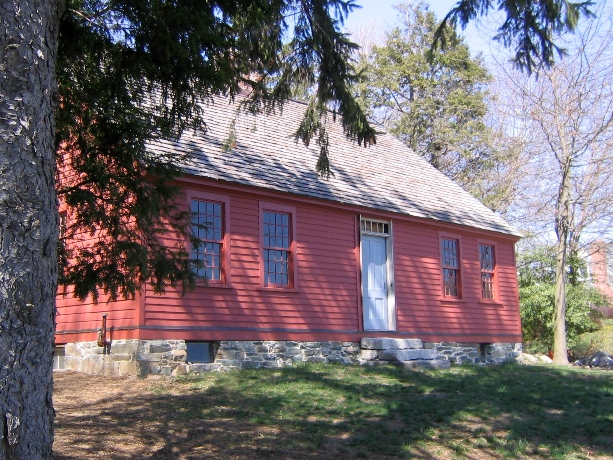Believed to be the oldest house in Orange, the Bryan-Andrew House served as a home for a variety of local families for over 250 years. Appreciated for its aesthetics and the pristine nature of many of its original features, the Bryan-Andrew House also hints at the changing tastes and styles of New England dating back to its colonial roots.
The Bryan family was a part of the Milford area from its founding in 1639. Richard Bryan, a shipping entrepreneur, acquired land from the Paugaussett tribe in the mid-1600s. Several hundred acres of this parcel became a section of Milford known as Bryan’s Farms, an area that later became a part of the town of Orange.
Richard Bryan’s grandson, Nathan, built a home for himself and his new bride, Elizabeth Whitman, in this area around 1740. When Nathan died in 1766, he left the home to his wife and son, who eventually sold it to William Andrew. The following century and a half brought changes that reflected both technological advancements and the evolution of architectural tastes in New England, but that did not compromise the home’s original character.
Orange House Becomes a Museum Piece
In 1903, the Andrew home became property of Fairlea Farms, a dairy enterprise, and the company used the building to house several of its employees. Thirty years later, developers subdivided the farm and the home began a transition through several owners, the last being Kate Emerson, who after 33 years, moved out of the house in 2000.
Developers looked to knock down the home but the Town of Orange managed to purchase it for $149,000. To their delight, the town found that over 250 years of continuous use did little to change the house from Nathan Bryan’s original design. While there was evidence of updates (made in the Federal style), the original fireplaces and stone hearths were still largely intact, as were the wide wooden floor planks. A “borning room” used for childbirth appeared to be used as a small parlor or piano room, but most of the changes appeared relatively minor. Thanks to donations, fundraisers, and grants from the State of Connecticut, the Orange Historical Society found the resources to undertake a restoration and re-opened the home as a house museum interpreted to reflect the Bryan’s Farms period of its history.










